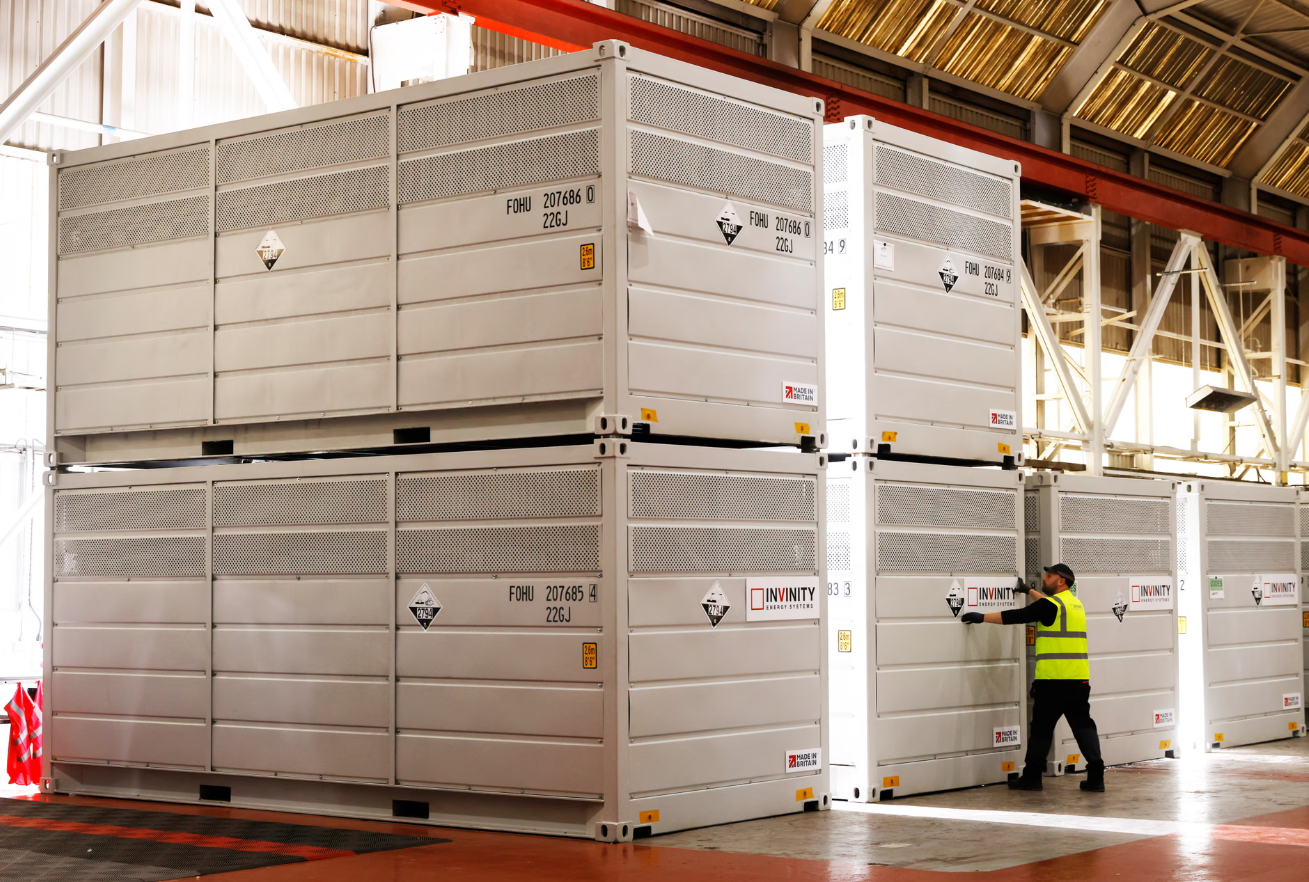When it comes to food packaging and preparation, the choice of wrapping material can significantly impact both the quality of the food and the cooking process. Among the most commonly used materials are silver foil and butter paper. Each has its unique properties, advantages, and disadvantages, making the decision of which to use a nuanced one. In this article, we will delve into the characteristics, applications, and benefits of silver foil and butter paper, providing you with the information needed to make an informed choice.
Understanding Silver Foil
Composition and Properties
Silver foil, often referred to as aluminum foil, is made from thin sheets of aluminum that are rolled out to a very thin gauge. Its reflective surface is not just for aesthetics; it serves practical purposes as well. Silver foil is non-porous, heat-resistant, and has excellent barrier properties against moisture, light, and oxygen. These characteristics make it an ideal choice for preserving food quality.
Applications in the Kitchen
- Cooking and Baking: Silver foil is frequently used in cooking and baking due to its ability to withstand high temperatures. It can be used to line baking trays, wrap meats, and cover dishes to retain moisture during cooking. Its reflective surface helps in evenly distributing heat, making it a favorite among chefs.
- Food Storage: When it comes to food storage, silver foil excels in keeping food fresh. Its airtight seal prevents the absorption of odors and flavors from the refrigerator, making it suitable for wrapping leftovers or marinating meats.
- Grilling and Barbecuing: Silver foil is a go-to material for grilling. It can be used to create packets for vegetables or fish, allowing them to steam in their own juices while preventing them from falling through the grill grates.
Exploring Butter Paper
Composition and Properties
Butter paper, also known as parchment paper, is a cellulose-based paper that is treated to make it non-stick and moisture-resistant. It is typically used in baking and cooking applications where a non-stick surface is required. Unlike silver foil, butter paper is porous, allowing for some air circulation, which can be beneficial in certain cooking methods.
Applications in the Kitchen
- Baking: Butter paper is widely used in baking as it provides a non-stick surface for cookies, cakes, and pastries. It prevents baked goods from sticking to the pan, making for easier removal and cleanup.
- Food Wrapping: While it is not as effective as silver foil in preserving freshness, butter paper can be used for wrapping sandwiches, pastries, and other baked goods. Its breathable nature allows for some moisture escape, which can be advantageous for items that need to remain crisp.
- Cooking Techniques: Butter paper can be used in cooking techniques such as en papillote, where food is steamed in a sealed packet. This method allows for the infusion of flavors while keeping the food moist.
Comparing the Two: Which is Better?
Preservation and Freshness
When it comes to preserving food freshness, silver foil takes the lead. Its airtight seal and barrier properties make it superior for long-term storage and marinating. Butter paper, while useful for short-term wrapping, does not provide the same level of protection against moisture and air.
Cooking Versatility
In terms of cooking versatility, silver foil is more adaptable. It can withstand high temperatures and is suitable for various cooking methods, including grilling, baking, and roasting. Butter paper, while excellent for baking, is not suitable for high-heat applications as it can burn.
Environmental Considerations
From an environmental perspective, butter paper is often considered more eco-friendly than silver foil. It is biodegradable and can be composted, whereas aluminum foil is recyclable but requires significant energy to produce and recycle. If sustainability is a priority, butter paper may be the better choice.
Conclusion: Making the Right Choice
Ultimately, the decision between silver foil and butter paper depends on your specific needs and cooking methods. If you require a versatile, heat-resistant material for cooking and food preservation, silver foil is the better option. However, if you are focused on baking or need a non-stick surface, butter paper is ideal. Consider the environmental impact of your choice as well, and weigh the benefits of each material against your culinary requirements.



More Stories
How SBR Rubber Sheets Are Manufactured: From Compounding to Vulcanization
Exploring New Chapters of Development Together! Shuifa Singyes New Materials Participates in C-Touch & Display Shenzhen 2025 and Commercial Display
Design Considerations for Transparent Toast Bags Used in Professional Bakery and Bread Packaging Lines